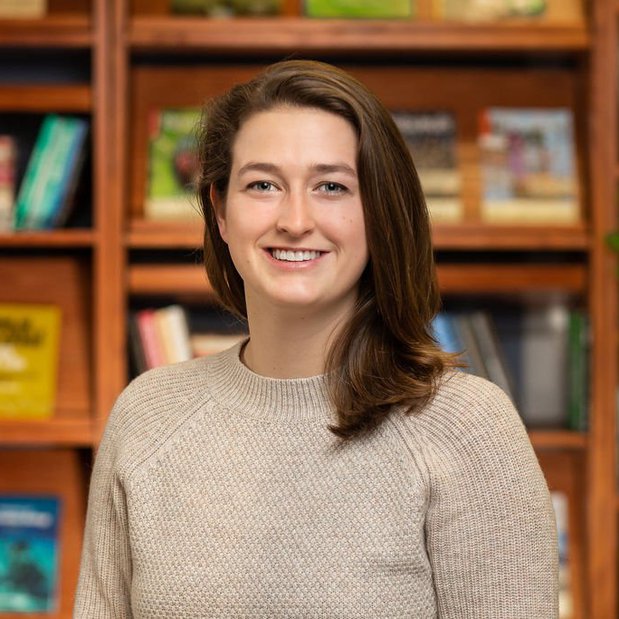When Communities Shape Climate Policy, Disadvantaged New Yorkers See Better Air Quality Outcomes
A new report finds that New York’s most vulnerable communities benefit from greater air quality improvements under environmental justice stakeholders’ suite of recommendations.
💡What’s the story?
New research by Resources for the Future (RFF), in collaboration with the New York City Environmental Justice Alliance (NYC-EJA), finds that a policy platform designed by environmental justice groups and allies to help disadvantaged communities in New York leads to significant emissions reductions and air quality improvements across the state.
New York State, operating within the 2019 Climate Leadership and Community Protection Act (CLCPA), has not yet implemented the full suite of policies needed to meet its goals of cutting emissions without placing a greater strain on disadvantaged communities. RFF’s new report provides options—or cases—for the state to reach both goals.
In the report, a team of economic researchers, environmental justice advocates, and air quality modelers investigated two cases that could meet the CLCPA’s air quality goals: 1) a case that reflects recommendations by the state’s Climate Action Council, and 2) a more ambitious case that is based on the policy priorities of New York’s environmental and climate justice stakeholders.
The team finds that New York’s most vulnerable communities benefit from greater air quality improvements under the environmental justice stakeholders’ suite of recommendations.
“Unjust systems have burdened low-income communities and communities of color with disproportionate levels of pollution and environmental degradation. As New York State decarbonizes, we need to make sure that these communities receive the benefits that they are owed. This new research shows that ambitious policies, and community voices, are needed to make a real difference in the lives of disadvantaged New Yorkers.”
—Eddie Bautista, executive director of the New York City Environmental Justice Alliance
📜 What policy cases do the researchers model?
- The Climate Action Council-inspired case models some of what the team believes New York may implement based on the published scoping plan and conversations with state policy experts. This case is meant to reflect one plausible set of policies and includes a cap on carbon emissions, a low-carbon fuel standard, and subsidies for heat pumps and electric vehicles.
- The stakeholder case models priorities crafted by NYC-EJA and its allies. It aims to be more ambitious in seeking emissions reductions; directs benefits to marginalized communities; and includes policies that call for a higher price on carbon and co-pollutants, subsidies covering the full cost of heat pumps for low-income households, and a stricter phaseout of fossil fuel in the electricity and residential sectors.
⚖️ How do they compare?
In comparing these two cases, the report lays out six key findings:
- Greenhouse gas reductions in 2030 are substantial under both cases relative to a scenario without new policy action, but are greater under the stakeholder case than the Climate Action Council case (58 percent reduction versus 34 percent reduction across the modeled sectors).
- The stakeholder case leads to greater statewide air quality improvements than the Climate Action Council case. Both options meet the CLCPA goal of having no net increase in emissions in otherwise burdened communities.
- Although, on average across the state, both cases improve air quality, some places do experience a worsening of air quality (more so under the Climate Action Council case).
- The most vulnerable communities experience particularly pronounced improvements in air quality under the stakeholder case.
- Because elderly Black New Yorkers are particularly vulnerable to health complications related to air pollution, the data show they would experience the greatest decrease in mortality rate relative to their Hispanic, Asian, and white counterparts when air quality improves.
- Greater emissions and air quality improvements in the stakeholder case occur because environmental justice stakeholders prioritized more stringent policies than those included in the Climate Action Council case.
“Policies that drive carbon emissions reductions usually reduce air pollutants but don’t necessarily improve air quality equally for disadvantaged and other communities alike. To understand these differences, it’s important to have detailed models that show where polluters are, how policies can change their pollution behavior and how, in turn, those changes affect air quality at diverse locations. This is what we have achieved.”
—Alan Krupnick, senior fellow at Resources for the Future
📚 Where can I learn more?
Read the executive summary and full report, Prioritizing Justice in New York State Climate Policy: Cleaner Air for Disadvantaged Communities?, by Alan Krupnick (RFF), Molly Robertson (RFF), Wesley Look (RFF), Eddie Bautista (NYC-EJA), Victoria Sanders (NYC-EJA), Eunice Ko (NYC-EJA), Daniel Shawhan (RFF), Joshua Linn (RFF), Miguel Jaller (University of California, Davis), Narasimha Rao (Yale University), Miguel Poblete Cazenave (Yale University), Yang Zhang (Northeastern University), Kai Chen (Yale University), and Pin Wang (Yale University).
The team is continuing to collaborate and has begun analysis of New York State’s Cap-and-Invest program. Watch for more in the coming months.
Resources for the Future (RFF) is an independent, nonprofit research institution in Washington, DC. Its mission is to improve environmental, energy, and natural resource decisions through impartial economic research and policy engagement. RFF is committed to being the most widely trusted source of research insights and policy solutions leading to a healthy environment and a thriving economy.
Unless otherwise stated, the views expressed here are those of the individual authors and may differ from those of other RFF experts, its officers, or its directors. RFF does not take positions on specific legislative proposals.
For more information, please see our media resources page or contact Media Relations and Communications Specialist Annie McDarris.








